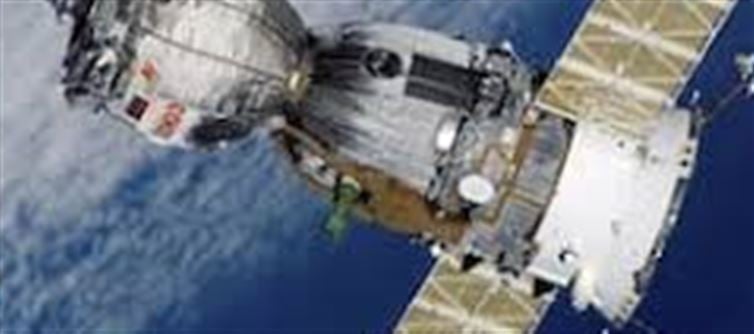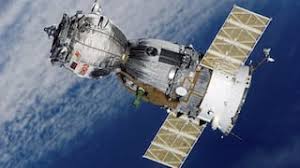
Have you ever wondered what is going on up there after looking at the twinkling stars in the sky at night? So know that not only stars, but thousands of satellites are also revolving around the earth, and their count is increasing day by day.
One rocket is flying every 34 hours
In just one year of 2024, about 2,800 new satellites were sent into space. That is, on an average, one rocket was launched every one and a half days. As of May 2025, there are more than 11,700 active satellites in the world's orbit. The biggest contribution in this is from private companies, of which SpaceX is at the forefront.
Starlink became the king of the sky
SpaceX's Starlink project has launched more than 7,400 satellites so far, which is about 60% of all the currently active satellites. Its purpose is to provide fast internet to every corner of the world, especially villages and remote areas.
Other companies are also jumping into this race
Starlink is not alone. Amazon's Project Kuiper, OneWeb and many Chinese companies are also engaged in building their own satellite chains. All of them are in a race to connect the earth with a wallet PLATFORM' target='_blank' title='digital-Latest Updates, Photos, Videos are a click away, CLICK NOW'>digital network.
But will space be able to withstand everything?
According to experts, the 'low-earth orbit' (LEO) present near the earth, which extends up to 2,000 kilometers from the surface, has a limit. Scientists estimate that this area can safely handle a maximum of 1 lakh active satellites. If the current pace continues, this limit may be crossed before 2050.
There is no empty space, the risk of collision is increasing
Today, not only working satellites, but thousands of inactive and useless satellites are also orbiting the earth. According to Harvard-Smithsonian scientist Jonathan McDowell, there are a total of about 14,900 satellites in space. As the number is increasing, the problem of collision and space debris is also becoming serious.
Space is moving towards jam
If this situation continues, the day is not far when the Earth's orbit will be so full that there will be no space left for new satellites. This will not only put space missions in danger, but can also damage existing satellites.





 click and follow Indiaherald WhatsApp channel
click and follow Indiaherald WhatsApp channel